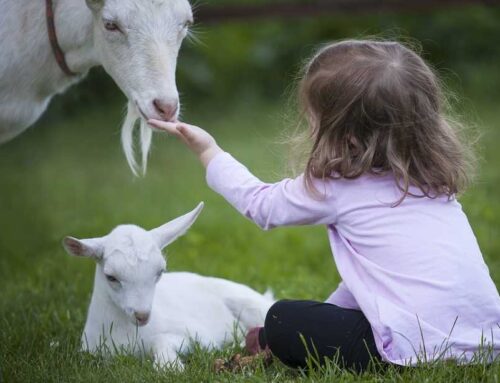There is a backlash among some in the dog training community to what is commonly called obedience training. There’s a good reason for the backlash. Obedience training in many minds brings up images of dogs being physically manipulated, verbal corrections & leash pops abound. There is a do it or else mentality to the process.
On the flip side there are trainers who after discovering the power and usefulness of classical conditioning- training that changes underlying emotional and physiological responses by creating predictable associations between one thing and another- avoid diving into operant conditioning or what is commonly called training. We can change behavior by changing underlying emotional responses. Stop feeling afraid of something and you’ll probably stop acting afraid of it. Dog trainers capitalize on another effect of classical conditioning and that is that there are behaviors that shape up when a dog learns to anticipate where the food, being used as an unconditioned stimulus to create or change a respondent/classical/Pavlovian response, is going to appear. We get head turns, dogs moving toward us, stopping, etc., when they learn that the person, object or animal they have become aware of predicts a piece of cheese being handed to them by their owner.
For some dog owners training is about expanding on their relationship with their dog. I have attended training classes with my dogs in almost every format available; rally, agility, free style, tricks, nosework, good citizen, and yes, obedience. My goal wasn’t to get titles or certifications. It was something to do with my dogs that I thought they would enjoy. I also used formal classes as a way to work with my fearful dogs under conditions that could be controlled. I could ask people to leave my dog alone, or get a few minutes of playtime in for a young dog who enjoyed the company of other dogs.
Getting what I call the feel good, is important but let’s not lose sight of the fact that unless a dog can function in a way that is socially acceptable, either in their home or out in the community, their chances of staying in a home, or even alive, are not going to be great. There is a way we can address this head on- train them to do what we want them to do. We can do this without using force, fear, pain, or intimidation. We can do it humanely and efficiently.
Perhaps we need to reclaim or replace the word obedience. What do you think?
Here is an example of a fearful dog being trained. Learning skills at home that can be transferred to the outside world or around other people is key. *The dog is wearing a GPS collar, not an e-collar.
https://www.facebook.com/647280910/posts/10156029483955911?sfns=cl





